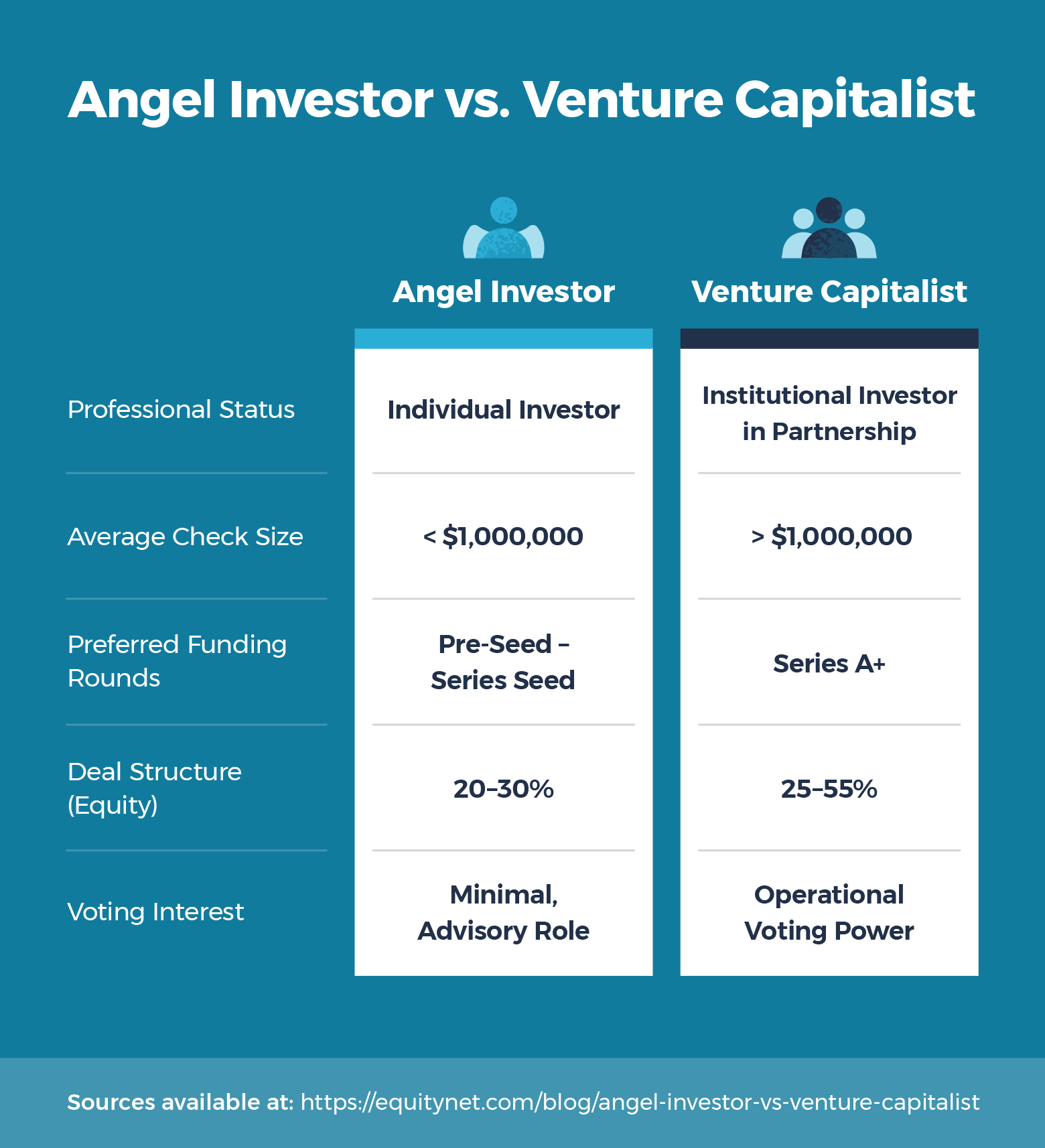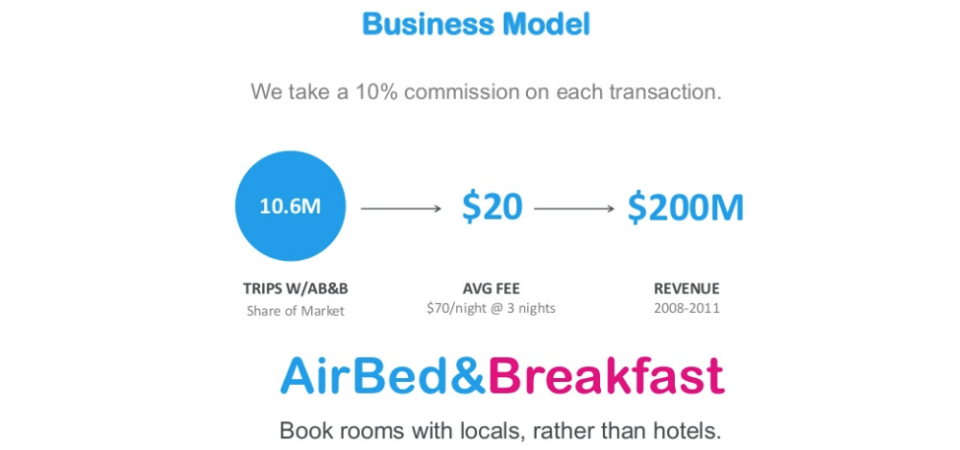How to Pitch Investors: 14 Tips to Get Your Startup Funded

So, you’ve landed yourself a spot to sit down (or stand up) with an investor and pitch them your startup idea.
Congrats!
Now comes the hard part, figuring out what the heck to say.
First of all, know this:
Investors meet with thousands of startup founders each year, and only sign deals with a handful of them.
This is not said to discourage you, but so that you’ll know that:
- Your pitch is crucial to obtaining funding
- You’re probably going to get a whole lot of no’s before you get a yes
Knowing this second fact means you’ll approach pitching investors as a learning process rather than an all-on-the-line, win-or-lose kind of situation.
With this in mind, let’s kick off that learning process by discussing just how to pitch investors, so you can put your best foot forward in these meetings.
A quick note on what this guide is not going to cover:
- How to find investors (we’ve got several guides to this here)
- How to create a pitch deck (we’ve got a separate guide on that right here)
How to Prepare to Pitch Investors
There are a few things you can do to prepare to pitch investors that will help you out when you’re actually in the room.
1. Understand What Different Investors Need
Though there are several kinds of investors, by far the two most common are venture capitalists (VCs) and angel investors.

The way you prepare your pitch will differ slightly depending on whether you’re speaking to a VC or an angel.
How To Pitch Venture Capitalists
VCs are more thorough, detail-oriented, and are interested in the numbers.
They are writing checks on behalf of a group of investors, so they have strong obligations to make smart decisions.
When pitching VCs, focus on details, metrics, and potential risks.
How To Pitch Angel Investors
Angel investors are high net worth individuals, meaning they are operating as sole investors.
This means that, in general, angels are quicker to act. When pitching to angel investors, focus more on the big picture, the potential upside, and the huge market your product addresses.
2. Prepare For The Appropriate Amount of Time
Most investors take meetings in slots, meaning you’ll know how much time you’ll need to fill.
This will usually be 10-20 minutes, though it can be longer.
If you’ve only got 10 minutes, for example, your pitch is going to look very different to if you have 30.
Don’t forget to prepare for Q&A time, which will typically be allotted also (for example you might have a 30-minute meeting with 20 minutes to pitch and 10 minutes for questions, or vice versa).
Practice handling improvised Q&A by conducting practice pitches to friends, family, or others who are unfamiliar with your startup.
3. Do Your Homework On Each Investor
Don’t make the mistake of assuming every investor is interested in the same details.
Do your research on each investor you’re about to meet, and try to uncover details such as:
- Startups they’ve invested in before
- What makes them say yes (and no)
- The kinds of questions they ask
You might not be able to find all of this info in a simple Google search, but a couple of phone calls to founders who’ve dealt with that investor before can be a great place to start.
4. Don’t Start With Your Ideal Investor
It’s a pretty rare occurrence to completely nail your first pitch and secure a deal right then and there.
More likely, you’ll hear ‘no’ from several investors before you finally secure funding.
The mindset to have here is that from each interaction with an investor, each no you receive, you learn something.
You’ll learn something about how to pitch your company, how to answer common questions, and about the kinds of information investors expect from you.
With this in mind, it can often be wise not to start with your ideal investor.
By meeting 4 or 5 other investors first, you’ll refine your pitch and story, and be much better prepared when you do meet the investor you most want to work with.
What To Cover During Your Investor Pitch
1. Start With Your Elevator Pitch
The last thing you want is an investor who has no idea where you’re headed with your pitch.
So, the first thing you want to do when pitching an investor is start with your elevator pitch. This is like a summary of the whole pitch you’re about to give, wrapped up in about 30 seconds.
Your elevator pitch should describe:
- What the problem is
- What your solution is
- What your core value prop is
Starting here ensures the investor is on the same playing field as you, as you move into the next stage.

2. Tell A Compelling Story
Most founders find this step fairly easy, as they often have a compelling story to tell.
Think: What was the problem you noticed that made you go “Hey, someone needs to fix this, and that someone is me!”?
That’s the story you want to tell.
The idea here is that you’re:
- Calling out a specific audience (the group your product helps)
- Identifying a common problem
- Describing the emotional reaction they have to that pain point
3. Don’t Leave Out The Details
As exciting as this big story is, however, investors don’t just dole out cash for big dreams.
They need details, projections, and numbers.
Use data throughout your pitch presentation to underpin the statements you’re making.
For example, when discussing future growth plans, you should provide financial projections based on several likely scenarios.
4. Be Clear On How Much Investment You Need, And How You’ll Use It
Here’s what investors don’t want to hear:
“We’ll take as much as you can give us.”
All that says to the investor you’re pitching is “We don’t know how much we need to build this company”.
Instead, you want to tell investors exactly how much funding you require.
Here, describe:
- How much funding you’re seeking
- How long you expect that to last (your runway)
- What you’re going to use the funding for (marketing, product development, etc)
- Where you’ll be when the money runs out (e.g. are you aiming to achieve profitability or to get to a point where you’d be eligible for the next funding round).
5. Go Big On The Market Potential
When discussing the market that your solution addresses, you need to go big.
Ask yourself this question:
Considering all possible current and future uses of this product, what is the size of our total addressable market?
Investors are rarely motivated by small numbers, so be sure to go large with this.
Of course, this needs to be balanced with a hearty dose of realism.
Savvy investors know pumped-up numbers when they see them, meaning any claims you make regarding market potential (or any financial projections for that matter), should be grounded in sound figures.
That is, you should be prepared to demonstrate how you’ve arrived at those estimates, and be able to explain your math with precision.
6. Accurately Describe The Competitive Landscape
Products rarely exist in a vacuum without some form of competition.
Even if you are first to market with a specific feature or product vision, you’ll still be competing for share of wallet in your sector, and with other startups who may have similar products in development.
Be sure to do your research here, and present a thorough analysis of your industry and competitors, including their strengths and weaknesses.
7. Discuss Potential Risks To Your Business
No business venture is risk-free. Unfortunately, many founders are so optimistic about their concept that they forget to consider the possibility of external risk.
Examples to include in your investor pitch include:
- Legal risks
- Technological risks
- Regulatory risks
- Political risks
- Liability risks
Be prepared to answer questions about how you plan to approach and mitigate each of these risks as well.
8. Outline Your Marketing Strategy
How do you plan to take your product to market? How are people going to find out about you? And how do you plan to attract new customers?
We all love exciting new ideas, but investors know that the old “build it and they will come” trope simply doesn’t hold true.
In your pitch, you’ll need to describe to potential investors your strategy for marketing your brand, whether that be through trade shows, content marketing, a large Product Hunt launch, or through direct sales.
9. Describe Your Revenue Model
Your revenue model describes how you’ll monetize your offering.
This includes:
- Different plans/tiers
- Whether you’re charging a monthly, annual, or one-off fee
- Initial pricing points
A good pitch also includes a simple breakdown of how this model relates to total annual revenue goals.

10. Include A Demo If Possible
If you already have a prototype or MVP version of your product, then providing a demonstration during your investor pitch is crucial.
This provides tangible evidence of how the product works, what the user experience is like, and gets potential investors to actually engage with your vision.
11. Talk Up Your Team
Investors want to know that you’ve got three things right:
- The right idea (suitably solving a common problem)
- The right timing (a large addressable market)
- The right team (the appropriate people to deliver the vision)
During your pitch, include a section on your current team, and describe your expertise, experience, and credentials, as relevant to your company.
This will help give investors confidence in your ability to see bring the concept to market, and can also give them an indication as to areas where you’ll need further assistance (which they may be able to help provide).
12. Cover Your Exit Strategy
In early funding stages (such as seed funding rounds), investors may be less interested in knowing about your exit strategy.
As you progress as a company, however, and investment amounts climb into the millions, this becomes a crucial question for angels and VCs alike.
Is your plan to go public? To get acquired? Management buyout?
State your desired method, and provide some context for your exit strategy.
13. Don’t Evade Tough Questions
Appointments to pitch investors almost always include some time for questions and answers.
Though you’ve prepared as best you can, you can never know exactly what your investors are going to ask (otherwise you probably would have included that information in your pitch).
When you do get thrown a curveball, however, try to avoid answers like “I don’t know” or “I’ll cover that later in the presentation”.
Look, it’s okay not to know the answer to a question, and we’re certainly not saying you should fabricate answers.
But you should understand that when investors are asking hard questions, it means they’re engaged, and they’re at least somewhat interested.
They may even be testing your ability to think on your feet.
So, when you’re asked a difficult question, do your best to provide an answer, but do so with humility and be honest about the fact that you’re not as well prepared for that question as you should be.
For example “As far as I know, [answer], but that’s something I should know the answer to so thank you for bringing it up. Let me come back to you after this meeting to confirm that’s correct.”
14. Always Follow Up With A Thank You Note
After every pitch, it’s wise to send a quick thank you note.
Be sure to be genuine, and avoid sending generic notes by thanking the investor specifically for something you learned from the interaction.
Sending a thank-you note shows humility and gratitude, and keeps you in their good books (even if they don’t invest now, they may in a future funding round).
Make Your Startup Pitch Perfect!
Learning how to pitch investors successfully is a process.
Though the tips and skills you’ve learned here will put you on your way to building effective pitches, the most effective learning tool is actually getting in front of investors and refining your presentation.
Need to find more investors to talk to?
Check out our guide: 8 Ways to Find The Perfect Angel Investor For Your Startup.
Contributor
This content is presented “as is,” and is not intended to provide tax, legal or financial advice. Please consult your advisor with any questions.
